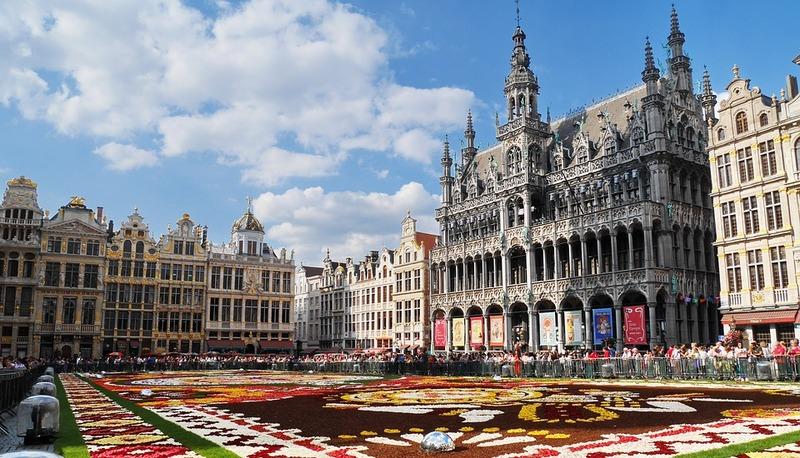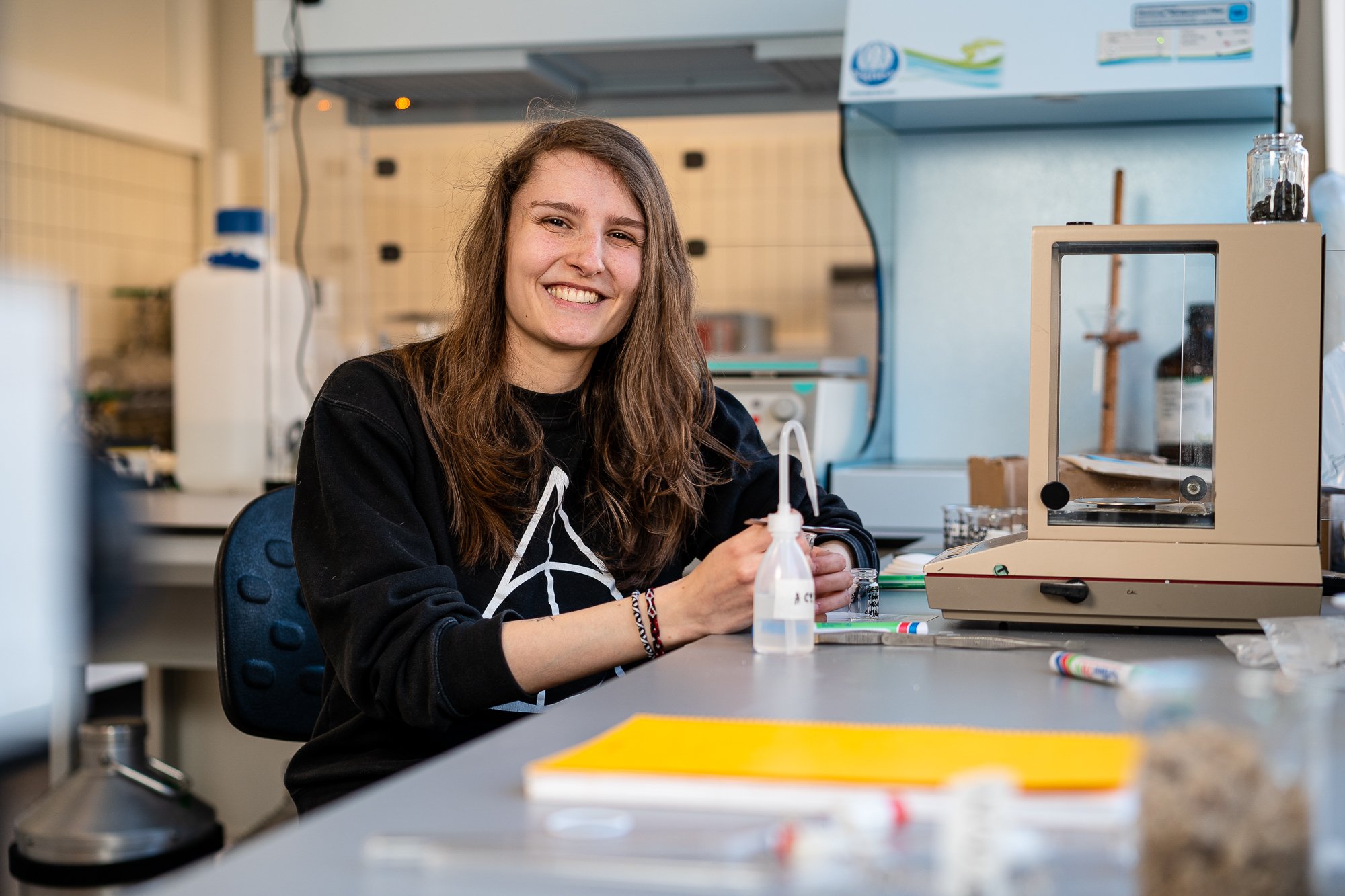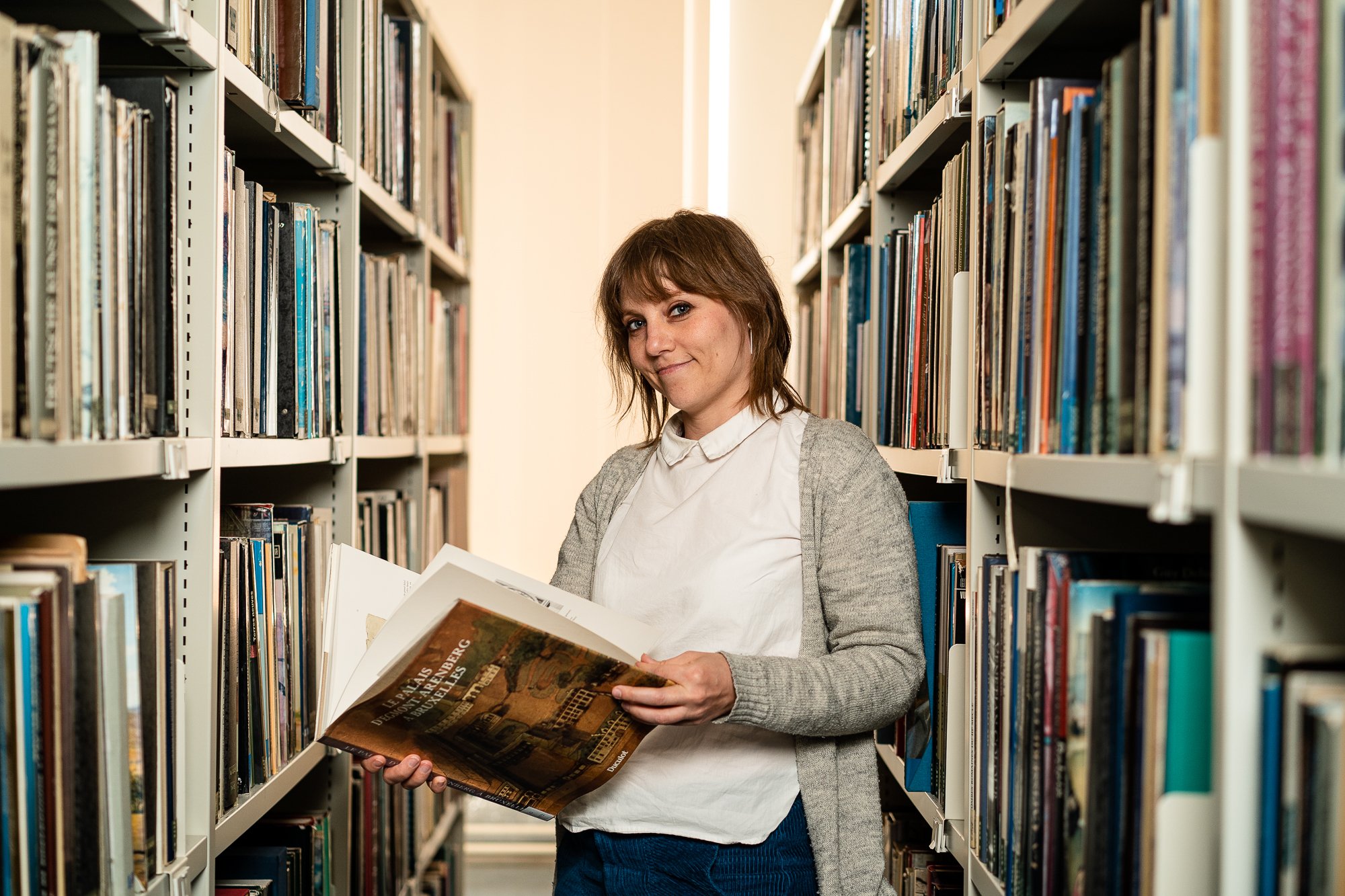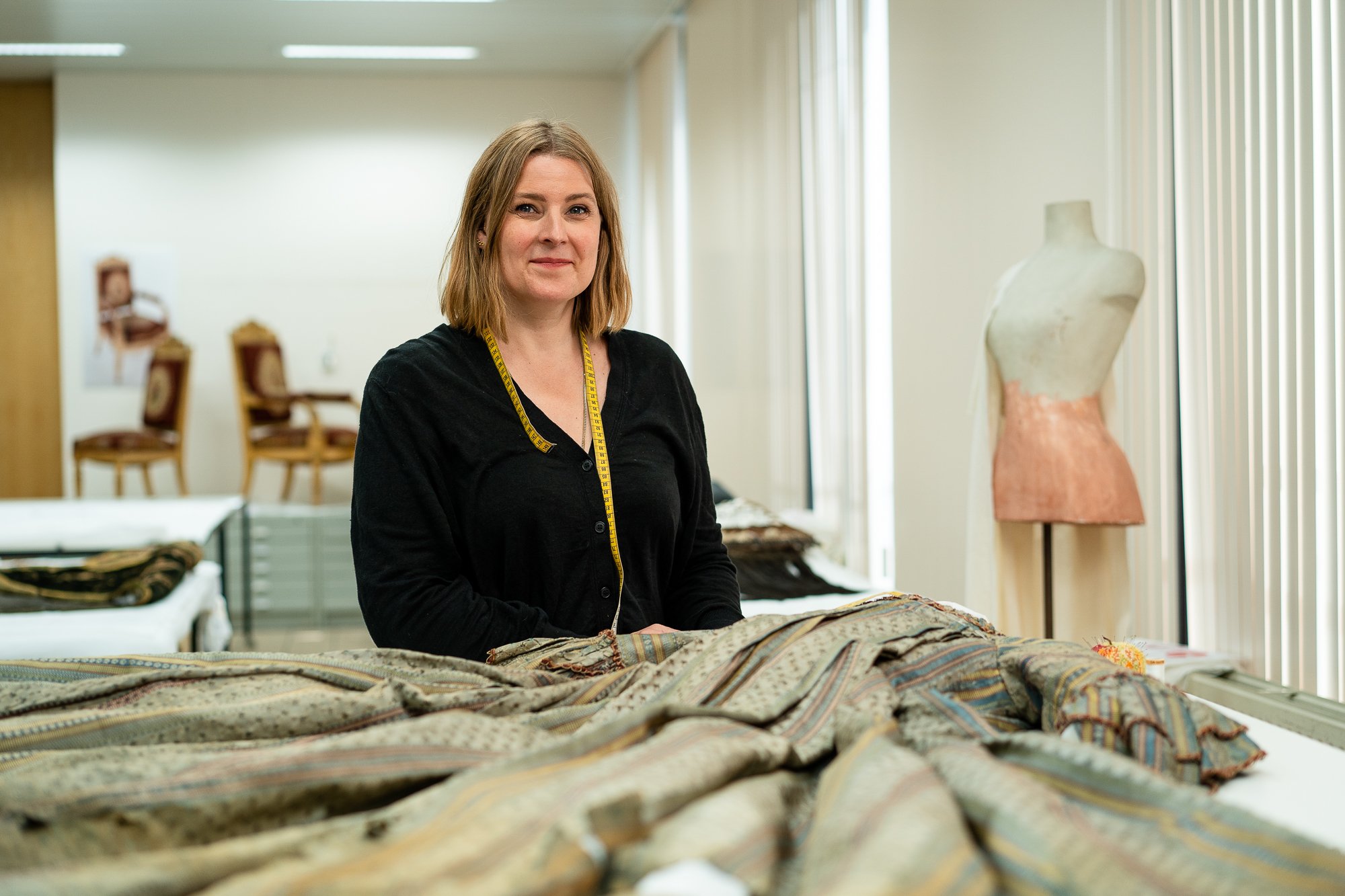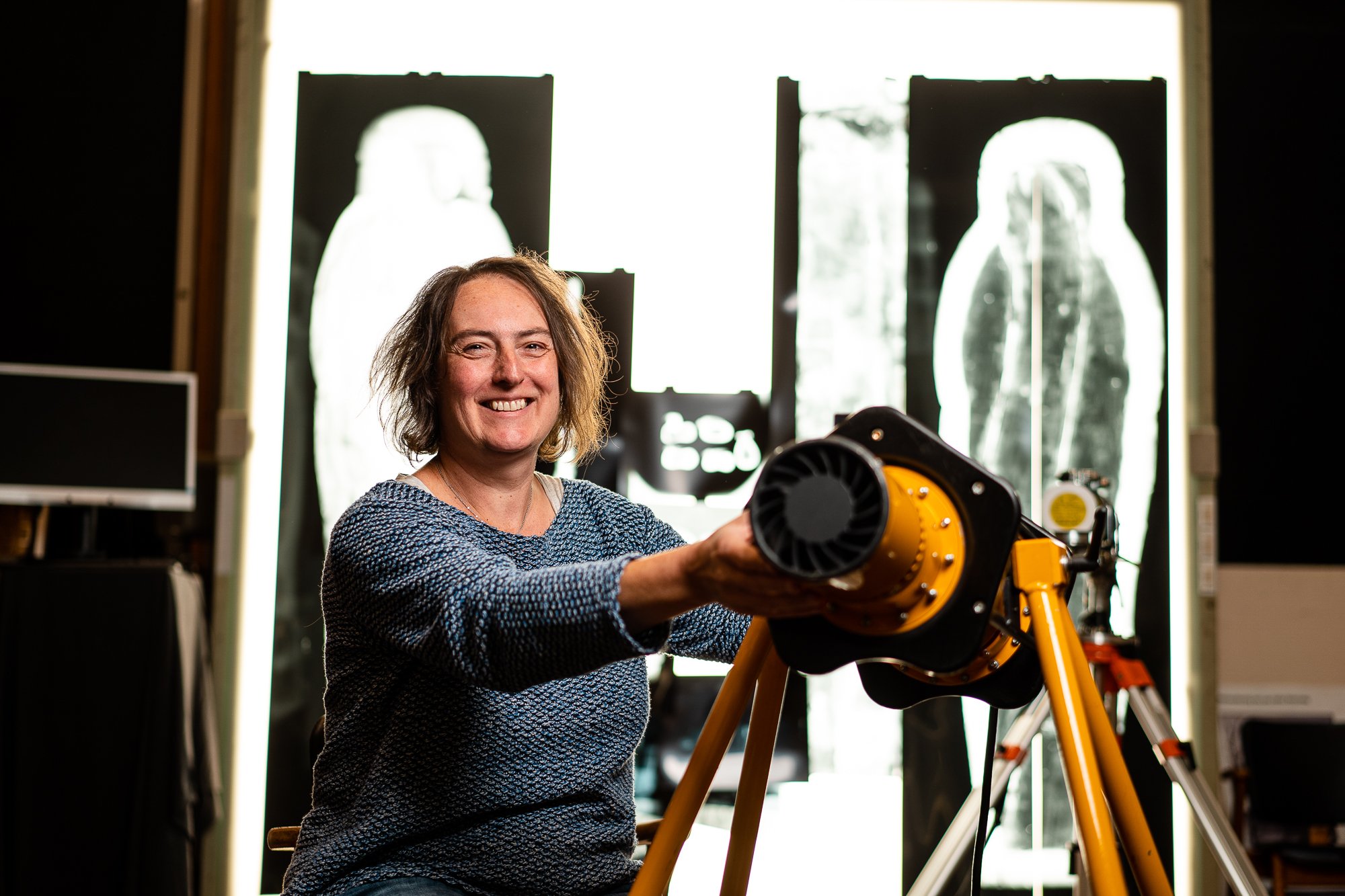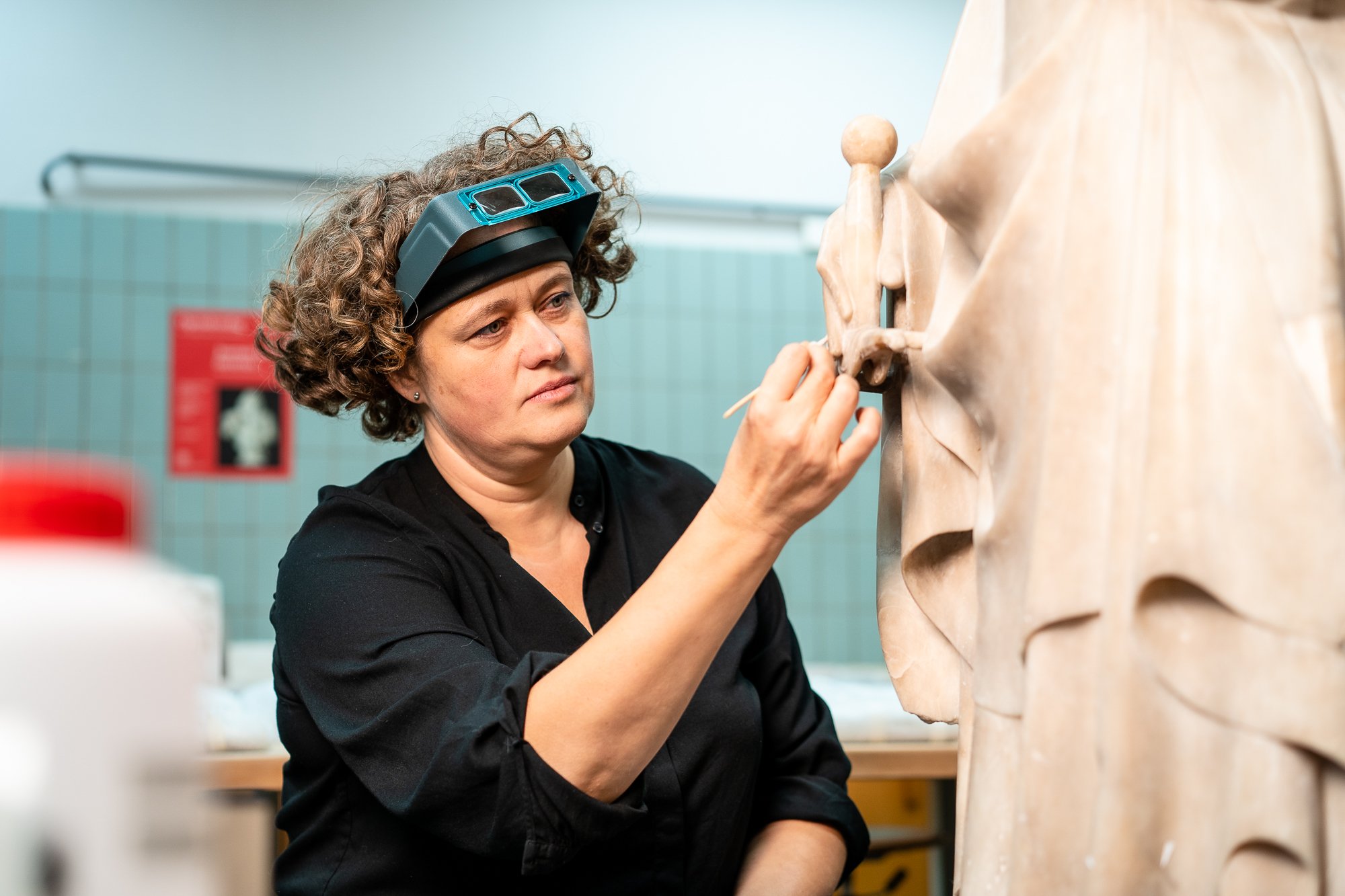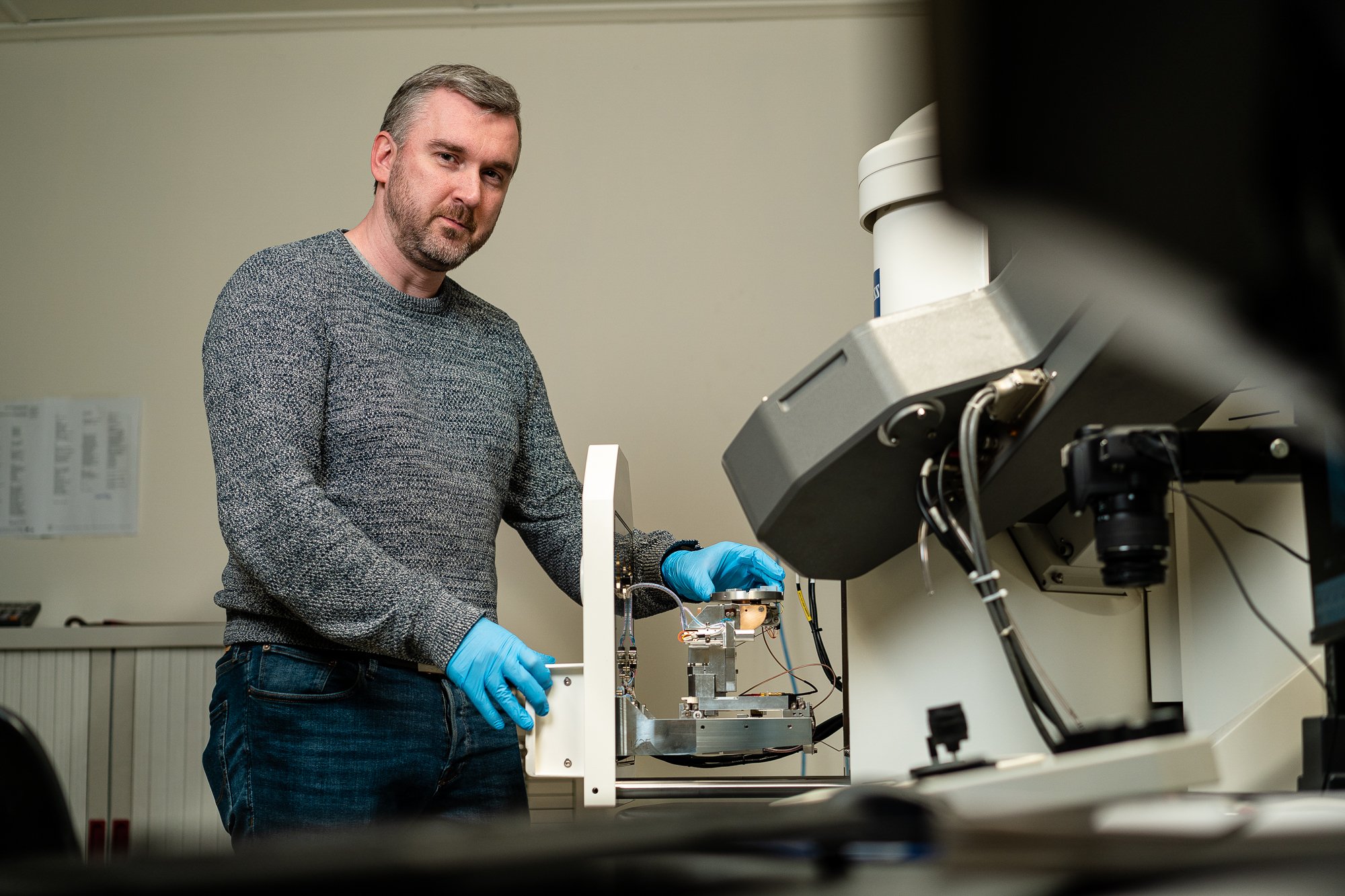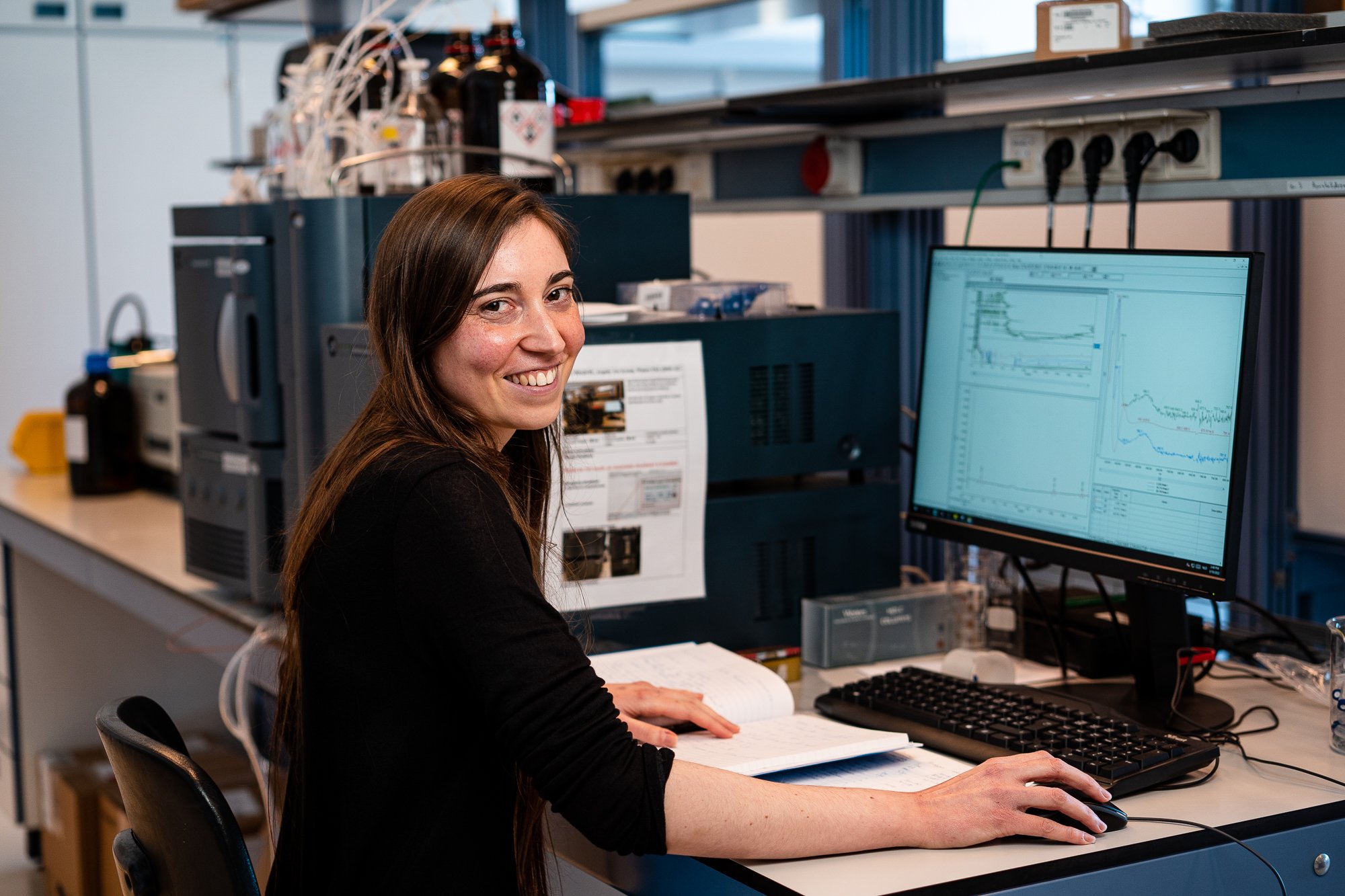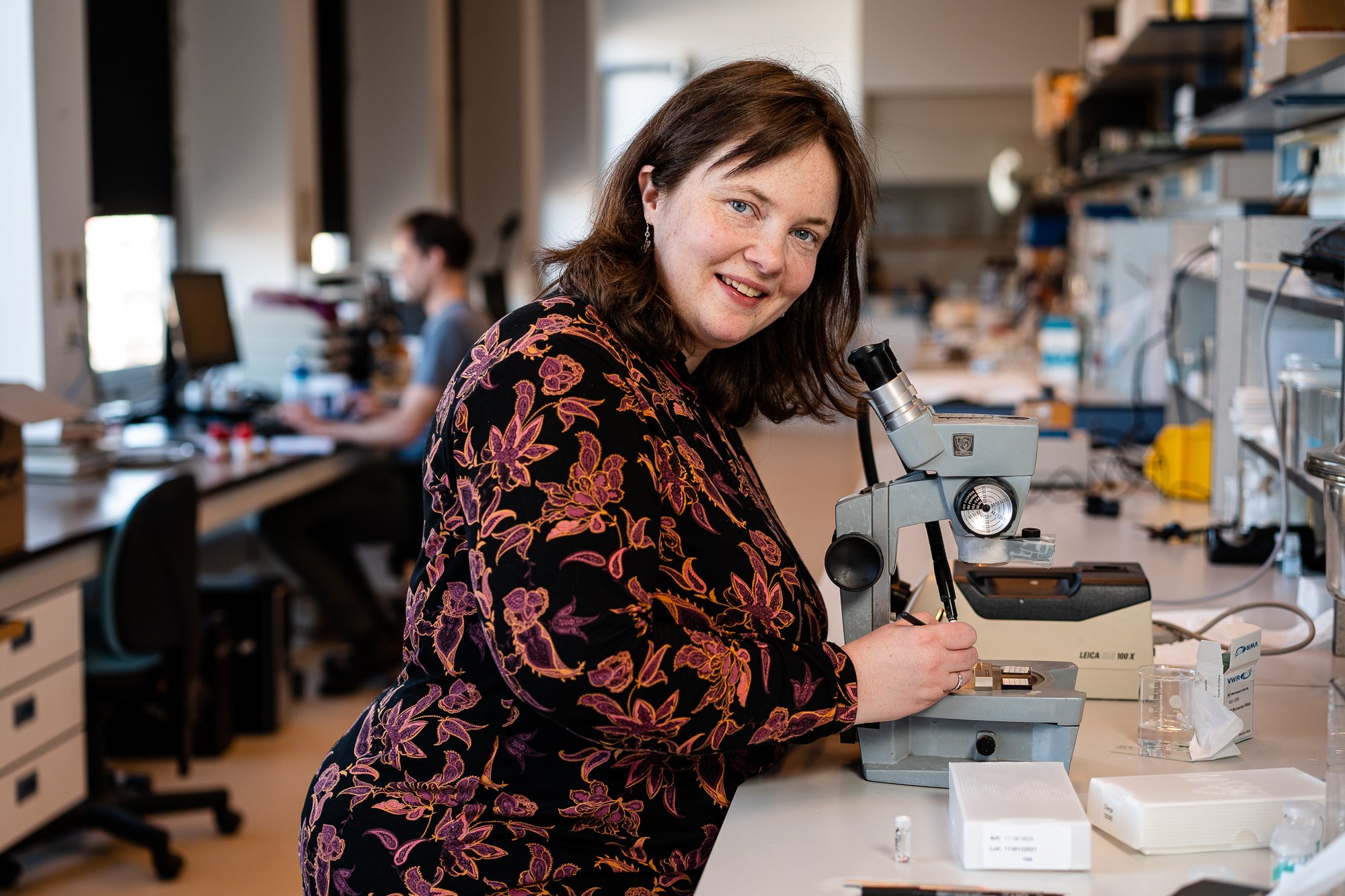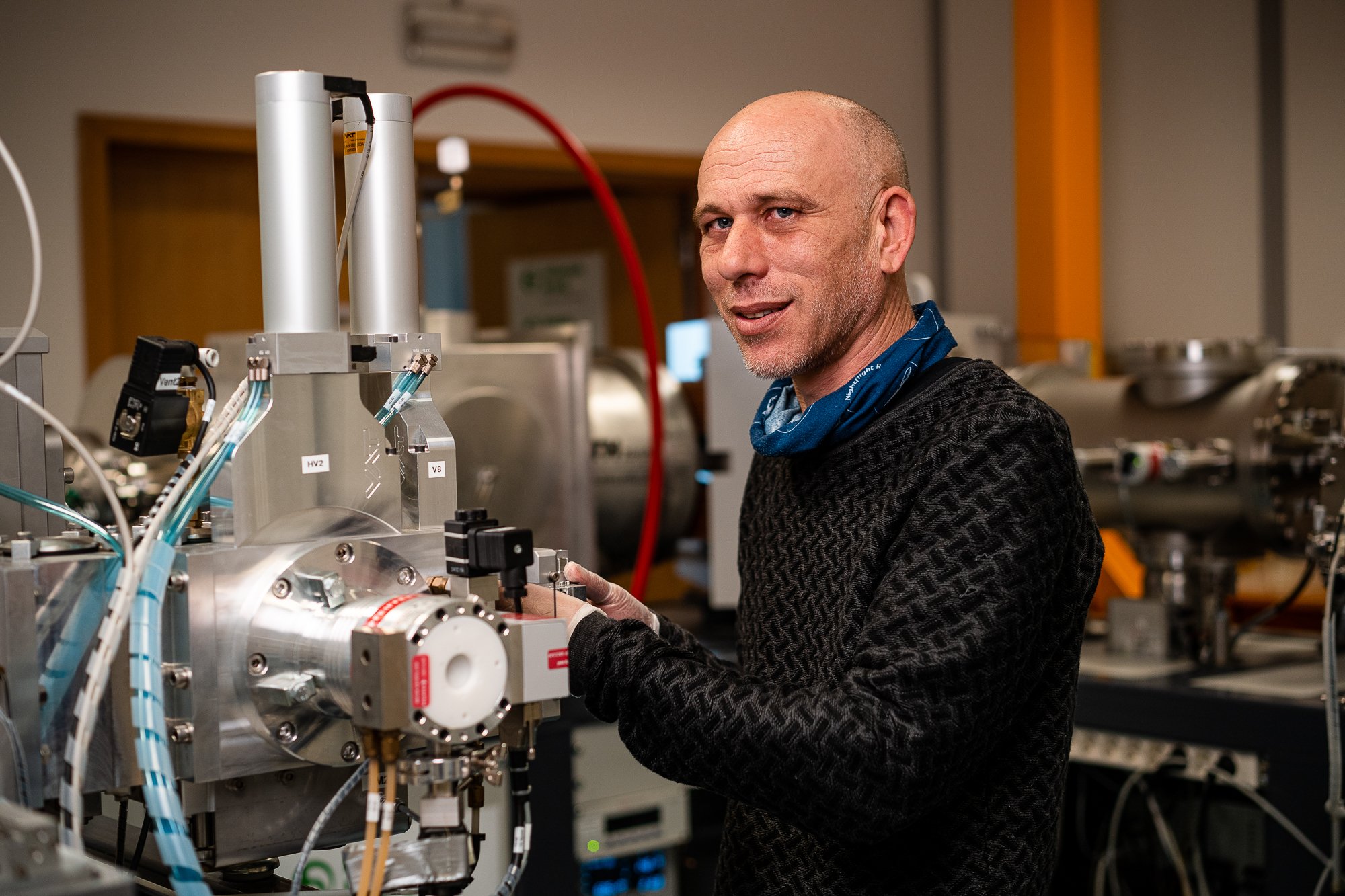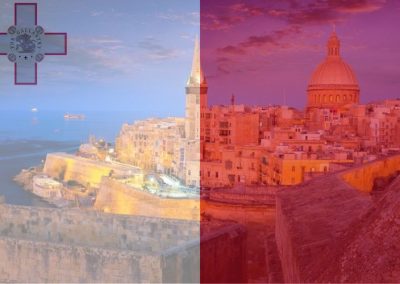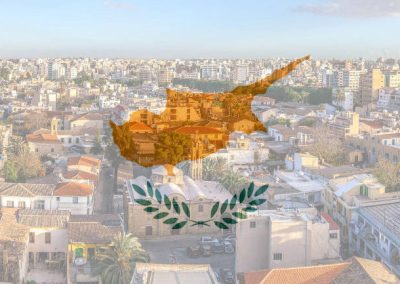The Belgian node, E-RIHS.be, was founded in 2019 and currently consists of three renowned federal scientific institutions:
- The Royal Institute for Cultural Heritage (“Koninklijk Instituut voor het Kunstpatrimonium ‒ KIK” in Dutch and “Institut royal du Patrimoine artistique ‒ IRPA” in French) is a federal non-profit institution that takes care of Belgium’s heritage: art, monuments, and items of historical value. These unique and irreplaceable creations embody our shared history and contribute to our identity as a society. To preserve art and heritage for future generations, we commit ourselves to the highest standards of research and conservation-restoration. This ambition is only possible through a synergy between the diverse disciplines. The Institute brings together art historians, photographers, chemists, physicists, conservators-restorers, experts in image creation, engineers, geologists, etc. Our research gains relevance by bringing together their findings from different angles. In addition, we ensure the transmission of knowledge about works of art, cultural heritage, and the technologies of conservation and restoration.
- The Royal Museums of Art and History (“Koninklijke Musea voor Kunst en Geschiedenis – KMKG” in Dutch and “Musées Royaux d’Art et d’Histoire – MRAH” in French) is a federal non-profit institution that consists of 5 museums in Brussels: the Art & History Museum, the Horta-Lambeaux Pavilion, the Halle Gate, the Museums of the Far East, and the Musical Instrument Museum (MIM). The museums regroup one of the largest, most diverse, and most important heritage collections in Belgium, including national and international archaeological artifacts.
- The Royal Library of Belgium (KBR; “Koninklijke Bibliotheek van België” in Dutch and “Bibliothèque royale de Belgique” in French) is the national library of Belgium. The library takes care of a collection of 35,000 manuscripts, including 4500 medieval codices, one of the most important collections of manuscripts worldwide. Besides this, KBR has large collections of ancient printed materials, prints and drawings, coins and medals… The KBR also hosts the Librarium, a permanent exhibition dedicated to the history of books, and the KBR Museum, dedicated to an extensive collection of manuscripts from the Burgundian era.
Coordinator
Wim Fremout
Royal Institute for Cultural Heritage (KIK-IRPA)
Services offered in the country
- The archives of the Royal Institute for Cultural Heritage: The archives are a unique and interdisciplinary resource for scientific, photographic, and technical documentation of the cultural heritage of Belgium. It contains reports, images, scientific datasets, sample collections, and reference materials for paintings, historic interiors, mural paintings, textiles, metals, glass, leather, paper, stone sculptures, wood sculptures, and monuments.
- The archives of the Royal Museums of Art and History: The archives of the institute consist of a library, a photographic library, and an archive. The libraries specialize in archaeology and the arts of the five continents, ranging from prehistory to the present day, and are open not only to museum staff but also to researchers, students, and anyone wishing to resource them. However, their function in underpinning the museum’s work is the most important. The Photographic Library of the RMAH manages the pictorial material relating to the items in the institution’s collections. Available are photographs, slides, ectachrome prints, and digital images. The Archives of the RMAH are a rich source for the study of the institution’s history and the history of cultural life in Belgium. They contain information about the acquisition and origin of thousands of the items in the museum, of relations with the government, patrons, collectors, and dealers, about museum policy, and about the architectural history of the Cinquantenaire. They also hold the archives of various persons (curators) and bodies (e.g. archaeological expeditions) that have a historical link with the museums. Carmentis is the publicly accessible part of the Museum’s Collection Management System.
Besides providing access through E-RIHS on a European level, the three affiliated partners offer a wide range of services at the national level (ARCHLAB, DIGILAB, FIXLAB and MOLAB).
